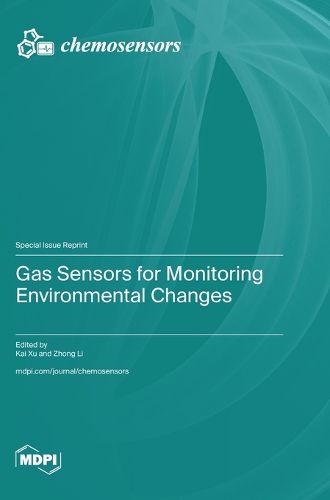Readings Newsletter
Become a Readings Member to make your shopping experience even easier.
Sign in or sign up for free!
You’re not far away from qualifying for FREE standard shipping within Australia
You’ve qualified for FREE standard shipping within Australia
The cart is loading…






This title is printed to order. This book may have been self-published. If so, we cannot guarantee the quality of the content. In the main most books will have gone through the editing process however some may not. We therefore suggest that you be aware of this before ordering this book. If in doubt check either the author or publisher’s details as we are unable to accept any returns unless they are faulty. Please contact us if you have any questions.
Global warming and climate change have become serious environmental threats in the last decade. Air pollution due to the rapid development of modernization and urbanization is a major cause of environmental deterioration. The emission of sulfur dioxide (SO2) and nitrogen oxides (NOx), for instance, can be directly linked to the evolution of acid rain. Greenhouse gases, including carbon dioxide (CO2), methane (CH4), and NOx, are the main drivers of global warming. Thus, the continuous monitoring and control of such pollutants are imperative to prevent environmental disasters. This fact has prompted efforts to find new and user-friendly techniques for the detection of gases hazardous to the environment and human health, which has led to the development of key technologies for the rapid, selective, sensitive, and efficient detection of gases, chemical vapors, and explosives. Given the boom of the Internet of Things (IoT), the next generation of gas sensors is expected to be massively deployed in dense network systems with low costs, low power consumption, and long-term stability. In addition, to achieve continuous monitoring, gas sensors may also need to demonstrate a high tolerance to environmental variables such as temperature, humidity, and pressure. This Special Issue provides a collection of papers (both reviews and articles) revealing the current state of the research on gas sensors based on various materials and outlook for the gas sensors in environmental monitoring.
$9.00 standard shipping within Australia
FREE standard shipping within Australia for orders over $100.00
Express & International shipping calculated at checkout
This title is printed to order. This book may have been self-published. If so, we cannot guarantee the quality of the content. In the main most books will have gone through the editing process however some may not. We therefore suggest that you be aware of this before ordering this book. If in doubt check either the author or publisher’s details as we are unable to accept any returns unless they are faulty. Please contact us if you have any questions.
Global warming and climate change have become serious environmental threats in the last decade. Air pollution due to the rapid development of modernization and urbanization is a major cause of environmental deterioration. The emission of sulfur dioxide (SO2) and nitrogen oxides (NOx), for instance, can be directly linked to the evolution of acid rain. Greenhouse gases, including carbon dioxide (CO2), methane (CH4), and NOx, are the main drivers of global warming. Thus, the continuous monitoring and control of such pollutants are imperative to prevent environmental disasters. This fact has prompted efforts to find new and user-friendly techniques for the detection of gases hazardous to the environment and human health, which has led to the development of key technologies for the rapid, selective, sensitive, and efficient detection of gases, chemical vapors, and explosives. Given the boom of the Internet of Things (IoT), the next generation of gas sensors is expected to be massively deployed in dense network systems with low costs, low power consumption, and long-term stability. In addition, to achieve continuous monitoring, gas sensors may also need to demonstrate a high tolerance to environmental variables such as temperature, humidity, and pressure. This Special Issue provides a collection of papers (both reviews and articles) revealing the current state of the research on gas sensors based on various materials and outlook for the gas sensors in environmental monitoring.